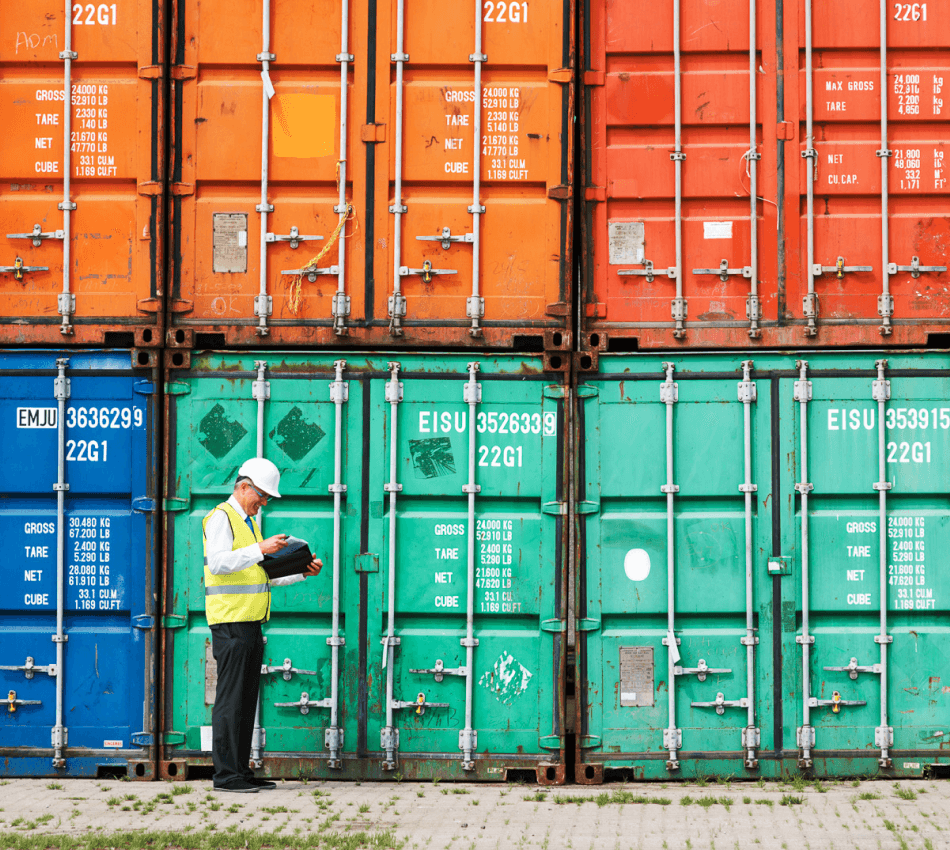Supply chain management has gone through a roller coaster in the past couple of years, with unexpected disruptions revealing vulnerabilities in the way things were done. Many businesses have learned the hard and painful lesson to not rely on a single domestic supplier, but instead to diversify their supply chain and work with a global system of suppliers.
Using a global supply chain can help make companies more resilient to disruptions, while keeping you competitive so you can offer customers lower prices—opening your business up growth and higher revenue.
What is global supply chain management?
A global supply chain is an international network of teams, technology, transportation, and data that organizations rely on to produce their final goods and services. These networks can span multiple countries and even continents to supply and source goods.
Some of the global supply chain functions may include material purchasing, manufacturing, production planning, transportation, and servicing customers. Global supply chain management (GSCM) is a way of managing all these roles to make sure the final goods and services make it to the customer.
Benefits of global supply chain management
Global supply chain management can provide your business with the following advantages.
More sourcing options
Sourcing internationally gives your business more options at better prices, as well as access to products that can’t be sourced domestically. Having different options also helps you have a contingency plan in case of a disruption.
Lower inventory costs
With access to multiple suppliers, you can keep your inventory levels and costs lean. In case of an unexpected demand increase, more inventory can be sourced from an international pool of suppliers in a timely fashion.
Faster shipping around the world
With manufacturing facilities and distribution locations all over, you can get your products to end users faster. Amazon is a great example of that—their global warehouses get orders shipped and delivered to customers quickly, sometimes even the same day.
Better partner opportunities
Your business is as strong as your partnerships. If your partners are comfortable working with you, they’re more likely to introduce you to their network of business contacts and suppliers.
Access to expanded markets
If you’re thinking of expanding your business globally, your international supply chain partners can help by giving you access to local expertise and contacts. They can also help with networking and put you in touch with local organizations to assist with your expansion.
Challenges of global supply chain management
Global supply chain management also comes with its share of challenges. Here are some you might face.
Access to materials and equipment
Sourcing globally doesn’t guarantee that you can get the needed equipment and materials, especially if they’re in high demand. For example, today many organizations are working hard to improve their environmental footprint, driving demand for new equipment, which results in manufacturing shortages.
Rising costs
Unfortunately, prices rarely go down, especially when demand is high. For example, the COVID-19 ecommerce boom increased the demand for products and raw materials (usually transported using shipping containers), which caused transportation prices to increase. Inflation also wreaks havoc on the global supply chain, making production and logistics more expensive.
Demand forecasting
Geopolitical and economic uncertainty, paired with changing customer behaviors, makes it complicated to predict customer demand. The pandemic has completely changed shopping patterns and behaviors, leaving retailers and suppliers confused about what their customers really want.
Labor shortages
Labor shortages are a global supply chain problem. The industry simply has lower interest among younger generations, especially women. Regulations are also an issue, due to the 21 age minimum requirement to get a commercial driver’s license.
Congestion at popular ports
Bottlenecks at popular ports can be extremely costly and are the biggest problems for the global supply chain sector. If a ship is unable to load or unload because a station is at capacity, it creates a domino effect for all companies involved in the supply chain, delaying everything that comes after.
How to overcome global supply chain challenges
Even though many global supply chain issues are inevitable, there are plenty of ways to make the process as smooth as possible.
- Develop strong, strategic partnerships: Invest in your relationships with suppliers and manufacturers to promote a working culture of constant improvement and collaboration.
- Prioritize effective communication: Establish and maintain clear and transparent communication with all stakeholders to ensure alignment and avoid costly misunderstandings. This could include hiring a translator to minimize any language barriers that may exist between you and partners.
- Improve your technology: Technology keeps advancing, so you should invest in newer tech to help keep your supply chain efficient and secure. Automation and real-time tracking, along with AI and analytics tools, can help you make data-based decisions.
- Use data reporting to stay efficient: Speaking of tracking, you can use the technology you invest in to create comprehensive reports on how your goods and materials move. This will help you identify and eliminate redundancies, as well as mitigate risk factors for potential disruptions.
- Consider working with a 3PL company: Partnering with a freight forwarder or third-party logistics (3PL) company can lighten the load of managing the transportation process. By working with these specialists, you also benefit from their supply chain knowledge, helping you to manage unexpected challenges and even access better prices by grouping shipments with multiple clients.
As businesses become more global, so does the supply chain. While working with a larger international team can present its own share of challenges, new technology and supply chain methodologies have made it easier and more accessible to businesses across different industries, big and small. With strategic partners and continuous global supply chain improvements, your company can stay competitive while optimizing operations.
Access cash when you need it with the Bluevine Line of Credit.
